Purple Prose
It may be a pretty popular color for your bedroom if you’re a teenager, or it may look awesome on an electric guitar, but for a writer, the color purple is to be shunned. I’m talking about a figurative color, something that we call “purple prose”.
Purple prose is language that is over the top. It is description that is extravagant, flowery, or simply too dramatic for the requirements of the scene. Purple prose creeps in stealthily, and for some strange reason, when we’ve written something that is too purple, we find ourselves liking it. Unfortunately, our editors won’t like it, and our readers will be distracted by it. Maybe since writers love language and words so much we just tend to get carried away with them.
Purple prose takes clear, concise writing and dresses it up in gaudy language –sights, smells, tastes, and sounds that are unrealistic or too poetic. For me, it’s a hard line to draw, because I know that imagery is good, and that using the senses helps evoke detail. But too much of a good thing becomes a purple patch.
Here’s an example of purple prose:
Gerard gazed pensively out the window streaming with raindrops, running like rivers of pain in his soul. The crashing thunder reminded him of his shattered hopes, of how he’d dreamed of winning the contest for his true love and proudly donning the Medal of Honor while the crowd thundered his name gloriously across the arena. His forehead crumpled against the cold, cruel glass and he sighed deeply, dramatically. All his hopes were gone, spiraling down, down, down into the chasm of his despair.
That’s some pretty awful stuff. I bet you were more tempted to laugh at the pathetic Gerard than you were to feel his suffering. If we analyze it a bit, we can see what made it so bad.
There are too many adjectives and adverbs – gazed pensively, crashing thunder, shattered hopes, true love, proudly donning, gloriously, and so on.
The alliterations (and still more adjectives and adverbs) of crumpled, cold, cruel is over-the-top awful, not to mention deeply, dramatically, down, despair.
The metaphoric chasm of despair and the simile of the raindrops running like rivers of pain are both just too flowery, if not cliché. The distant thunder reminding him of shattered hopes is cliché as well.
EXERCISE:
I’m working on a fantasy novel for publication that has captured the interest of an editor. However she has been quick to point out my purple prose right in the opening scene. Now I’m scouring my manuscript for more purple patches. Start scanning your own work for purple prose. It may help to go straight to a Big Scene – one where there is a crisis or turning point or lots of action. That’s where purple prose is mostly likely to crop up. Look for words or phrases that are just a little bit too much. It may not be an entire paragraph like the example above, but just a small sentence. For example, in my book’s prologue, I had young Prince Erasté facing a foe who’d just slain his father the king:
Below his knees, the life blood of Elian Ruelle soaked into the rich earth. He pushed one leg up, then the other, forcing himself upright until he stood to face the faerie queen. His body shuddered and a fire kindled deep inside, denying any place for the anguish that wrenched him. The knot in his jaw quivered.
In the revised version, the editor asked me to remove “pushed one leg upward, then the other” as being too purple. The new line simply says, Erasté forced himself upright until he stood to face the faerie queen. Everything else stayed the same. The answer was not to eliminate all the visuals, just to rein them in a bit.
So let’s start weeding the purple patches out of our manuscripts!
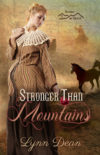
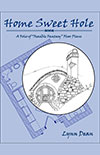
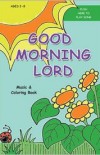
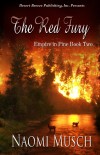
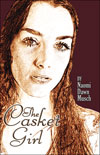
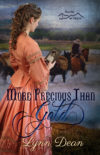
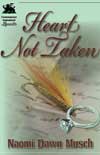
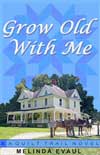
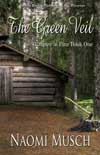







Speak Your Mind
You must be logged in to post a comment.